Capturing stunning outdoor photographs in winter affords precise challenges and breathtaking opportunities for photographers. Snowy landscapes, frosted bushes, and comfy wintry mild weather can produce magical photographs, however cold weather, low mild, and reflective snow require special strategies and instruction.
Whether you’re a seasoned photographer or simply starting, these Best Winter Photography Tips will assist you make the most of the season’s beauty even keeping your tools secure and your images crisp. Embrace winter’s attraction and create fascinating pix with these critical suggestions for taking pictures outside within the less warm months.
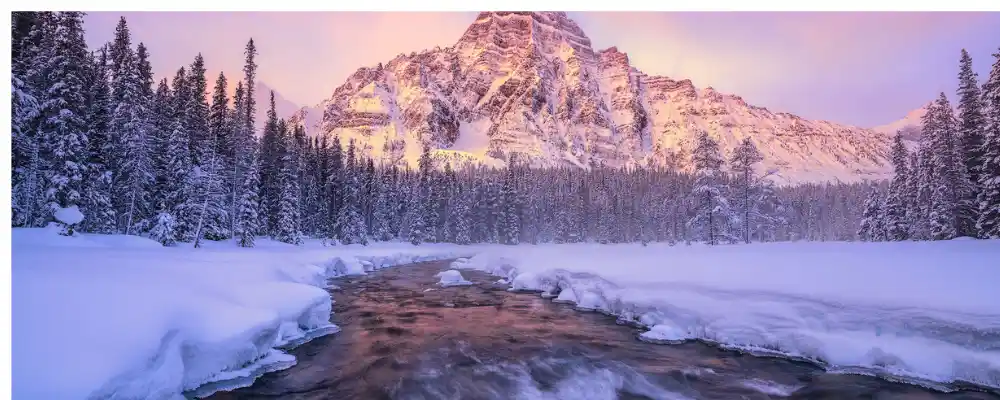
The following tips should be taken into consideration for successful winter photography.
Keep your batteries warm:
Among the Best Winter Photography Tips, preserving your batteries’ heat is important. In cold weather, batteries lose energy faster, which could limit your shooting time in the course of the beautiful winter scenes. To preserve them longer, shop more batteries in an inner pocket close to your frame so that they stay warm.
When one battery drains, swap it with a heated one to increase your digital camera’s power. This easy step ensures you’ll be ready to capture lovely shots without demanding approximately running out of battery in the cold.
Protect your equipment:
Protecting your equipment is crucial when shooting in winter conditions. Snow, moisture, and extreme cold can damage your camera and lenses, potentially affecting performance. One of the Best Winter Photography Tips is to use a weather-resistant camera bag or cover to shield your gear from snow and moisture.
Additionally, avoid sudden temperature changes, as this can cause condensation to form inside your equipment. By taking a few protective measures, you can keep your gear safe and fully functional for all your Cold-Weather Photography adventures.
Adjust your white balance:
Adjusting your white balance is prime to shooting true colors in winter photography. Snow can create a blue or gray tint for your pix, which may not replicate the scene’s herbal splendor. One of the Best Winter Photography Tips is to set your white balance manually. Either by selecting a “Daylight” or “Cloudy” setting to feature warmth or by customizing it to stabilize the cool tones of snow. This adjustment will help you seize more accurate colors and bring out the crispness and readability of wintry weather landscapes.

Photograph landscapes:
Photographing winter landscapes can be enormously profitable, as the season brings particular lighting, textures, and surroundings. Snow-covered fields, frosty timber, and icy lakes offer a fresh scenic beauty, perfect for taking pictures and putting visuals.
One of the Best Winter Photography Tips is to be aware of herbal contrasts, along with the stark strains of naked branches. In opposition to the white snow, or the golden light at dawn and sundown reflecting off frosty terrain. Experiment with composition to spotlight those contrasts and seize the peaceful, expansive sense of winter landscapes.
Insulate your tripod:
In cold weather, metallic tripods can quickly freeze, becoming uncomfortable to address and affecting balance. Insulating your tripod is one of the Best Seasonal Photography Winter Tips to hold in mind. By wrapping the tripod legs with foam or using insulated leg covers, you create a barrier against the cold.
This makes it easier to grip and prevents the metallic from turning into brittle or collecting frost, which can impact its performance. Insulating your tripod enables you to stay comfortable for the duration of long outdoor shoots and protects your equipment in harsh wintry weather conditions.
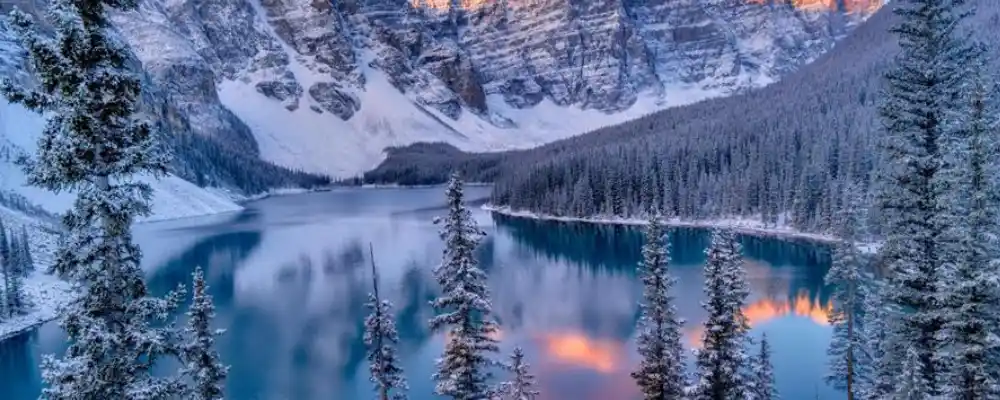
Shoot after snowfall:
Shooting after a clean snowfall is a first-rate manner to capture stunning wintry weather scenes. The landscape is blanketed in pristine white, creating a herbal brightness and a feel of tranquility. Fresh snow can add texture and depth to your snapshots, improving factors like timber, mountains, and open fields.
For satisfactory consequences, recollecting using this time to test with lighting early morning or past due afternoon can create tender shadows and beautiful contrasts. This tip can convey a paranormal quality for your iciness pictures, shooting the unique splendor of a wintry weather wonderland right after the snow has settled.
Fight to fog up:
Fogging up is not unusual trouble for photographers in iciness, especially whilst shifting between cold outside settings and heated indoor environments. To fight this, permit your digicam to acclimate by keeping it in a bag before coming into a heated area. If fogging takes place, keep away from wiping the lens; instead, permit it to air dry.
Using anti-fog wipes or sprays also can be powerful, as they devise a barrier at the lens to lessen condensation. By incorporating those strategies into your satisfactory winter image recommendations, you can keep the readability of your photographs, even in fluctuating temperatures.
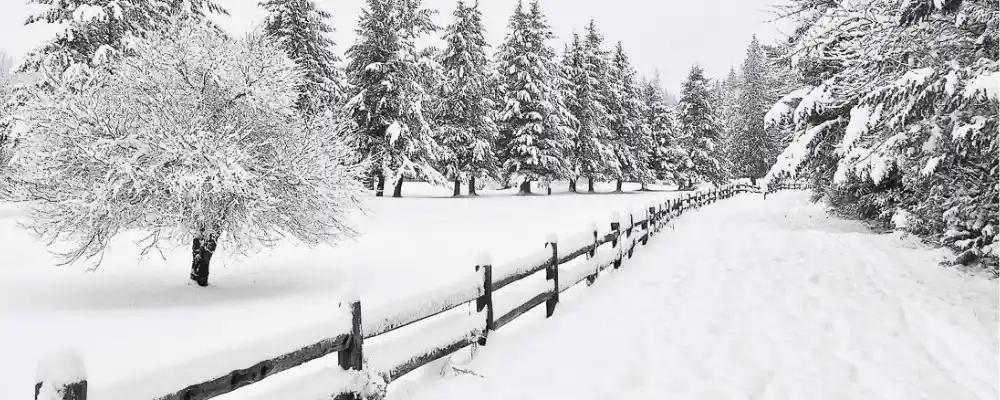
Wear good gloves:
Wearing accurate gloves is important for winter images, as they keep your palms warm and practical in bloodless conditions. Look for gloves that balance warmth with dexterity alternatives like thin, insulated gloves or gloves with removable fingertips that allow you to regulate digicam settings without sacrificing comfort.
Proper gloves let you preserve the manipulation of your camera, keep away from frostbite, and stay centered on shooting the ideal shot. In freezing temperatures, having the right gloves is one of the excellent wintry weather image tips for staying comfortable and efficient during outdoor shoots.
Raise your exposure compensation:
Raising your exposure compensation is a key technique in winter pictures to avoid underexposed pix, specifically whilst capturing in snowy conditions. Snow displays a variety of light that may cause your digital camera’s light meter to misread the brightness and bring about darker photographs.
By adjusting your exposure compensation up for a stop or two, you ensure that snow seems crisp and white instead of gray. This simple adjustment can substantially enhance the best of your wintry weather photos, making it one of the first-class iciness picture suggestions for taking pictures of vivid, balanced pics in snowy settings.
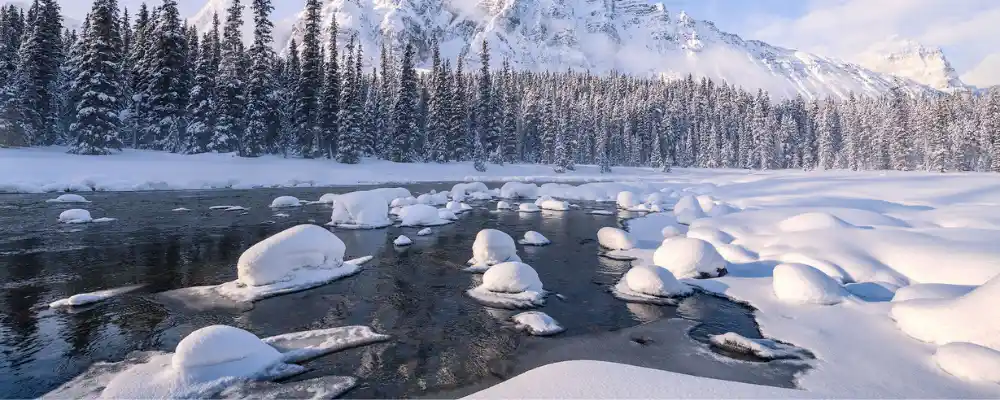
Use a zoom lens:
Using a zoom lens is one of the best Winter Outdoor Photography tips because it affords versatility and comfort when taking pictures of lots of scenes in winter landscapes. A zoom lens allows you to quickly modify your focal length without converting lenses, which is especially beneficial in cold weather when you want to limit the exposure of your camera’s internals to the elements.
Whether you’re shooting distant mountains or getting close to wildlife, a zoom lens enables you to border your pictures perfectly without having to physically move through snow or icy situations. This adaptability can result in more dynamic and exciting compositions at the same time as keeping your gadget secure and useful in a hard winter climate.
Later sunrises, earlier sunsets:
Winter brings later sunrises and earlier sunsets, which provides unique opportunities for photographers. Understanding this shift is important for making plans for your shoots and maximizing herbal mild. During winter, the sun rises later in the morning, providing you with a hazard to sleep in and nonetheless catch that magical golden hour mild simply after dawn. Conversely, the shorter days imply sunsets arise a lot in advance, regularly around the time humans are wrapping up their daily activities.
This version in daylight can create beautiful light situations on your images, with gentle, subtle mild during the golden hour. The low perspective of the sun complements the textures and colors of the panorama, making it a great time for pictures.
Being privy to these adjustments permits you to agenda your shoots efficiently, making sure you capture the splendor of wintry weather landscapes at their quality. So, take advantage of these later sunrises and earlier sunsets as a part of your first-class iciness picture suggestions to create breathtaking snapshots!
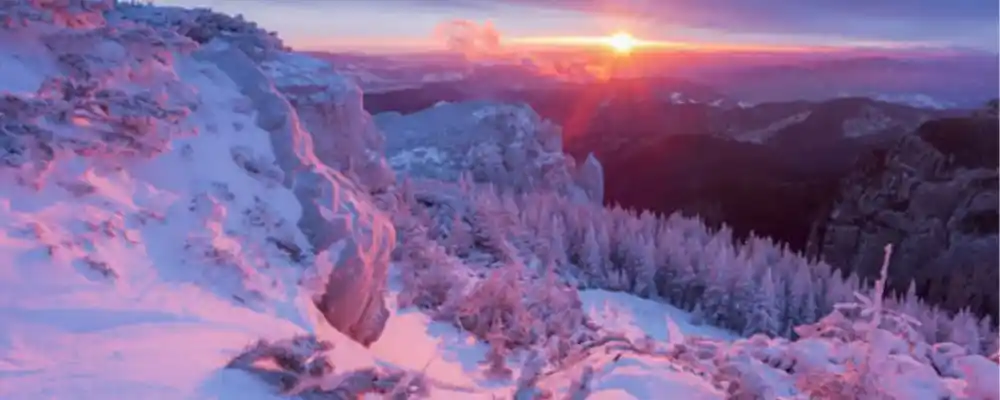
Beware of your health:
When photographing in winter situations, it’s crucial to prioritize your fitness and well-being. Cold climates can pose dangers such as frostbite, hypothermia, and fatigue, particularly at some point during long outdoor shoots. Dress in layers to adjust your body temperature and put on insulated, water-resistant apparel to protect against the factors.
Stay hydrated, as it’s smooth to overlook drinking water while it’s cold. Take normal breaks to warm up, and keep away from overexertion. Additionally, maintain an eye on the climate forecast to avoid severe conditions. By following those exceptional wintry weather image guidelines, you can make certain a secure and enjoyable shooting revel whilst taking pictures of stunning winter landscapes.
FAQs
What camera settings are best for winter photography?
For wintry weather photography, optimal digital camera settings can considerably enhance your pics. Start with a much wider aperture, round f/four to f/8, to allow in more light and create a pleasing intensity of discipline.
Use a low ISO (a hundred-400) for clear photographs, but boom it in low-mild situations. Aim for a shutter speed of at least 1/a hundred twenty-five seconds to freeze motion, adjusting slower for landscapes if needed.
Set your white balance to “Cloudy” or “Shade” to warm up the cool tones of winter light, or shoot in RAW for up-processing flexibility. Increase publicity repayment via 1 to 2 stops to fight the reflective nature of snow. Using single-factor autofocus will help your consciousness accurately, and notice metering can ensure accurate publicity of your major subject. By excellent-tuning those settings, you may seize scenery.
How to make winter photos look better?
To decorate your iciness pix, recognize capturing at some point in the golden hours for smooth, warm light, and do not forget to adjust the white balance to add warm temperature to the cool tones of the snow.
Experiment with composition through the use of leading strains and incorporating foreground factors. Adding human beings or animals can create hobbies and an experience of scale.
Pay interest to textures inside the snow and ice for charming close-ups, and recall the usage of filters to reduce glare and decorate hues. Finally, make use of submit-processing strategies to alter exposure and evaluation, permitting your wintry weather images to stand out.
How to take pictures during winter?
To take top-notch images in the course of wintry weather, dress warmly and defend your gadget from the cold. Use a lens hood to limit glare from snow, and adjust your camera settings to account for the brilliant, reflective surroundings—don’t forget to increase your exposure compensation.
Shoot throughout golden hours for the exceptional mild, and awareness of exciting compositions that consist of snow-covered landscapes, frosty information, or winter activities. Finally, ensure your batteries are stored in heat, as bloodless temperatures can drain them quickly.
Which mode is best for outdoor photography?
The best mode for outdoor photography is Aperture Priority (Av or A mode). This mode allows you to control the aperture, giving you the ability to adjust the depth of field while the camera automatically selects the appropriate shutter speed. This is especially useful in changing lighting conditions, helping you achieve sharp images with beautiful backgrounds.
What colors photograph best in snow?
Bright, formidable colors like pink, orange, and blue are great in snow. These colors stand out in opposition to the white background, growing contrasting and making subjects pop in winter scenes. Additionally, dark shades like black or deep green can also be effective, including intensity to the composition.

